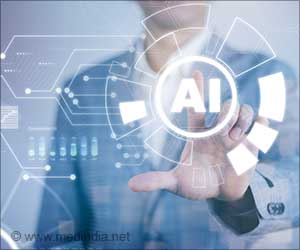An international team of scientists has developed a novel system that detects unusual behaviours in drivers before a curve or an obstacle on the road and generates signals of alarm
The 'intelligent' car is here. Developed by an international team of scientists, the moving mass of technical brain detects "unusual behaviours" in drivers before a curve or an obstacle on the road and generates signals of alarm to warn of an accident risk.
The so-called DRIVSCO system allows vehicles to learn from the behaviour of their drivers at the wheel.The research team led by professor Eduardo Ros Vidal from Department of Computer Architecture and Technology of the University of Granada (Spain) has developed a system of artificial vision (analysis of the scenario) in an only chip.
Such device receives input pictures and produces a first "interpretation of the scenario" in terms of depth (3D vision), local movement, image lines, etc, everything in an only electronic chip.
This system can be assembled in different types of vehicles in future. In addition, they have used a "reconfigurable hardware", so that the system can adapt itself to new field of application.
During night driving, if the vehicle detects a deviation in his way of driving in face of a curve, it interprets that it is due the lack of visibility of the driver.
Therefore, it generates signals of alarm to warn the driver of his "unusual behaviour when approaching a curve", or the detection of a potentially dangerous object, for instance.
DRIVSCO's final goal is to avoid car accidents and contribute to keep drivers alert, focusing their attention to the maximum.
 MEDINDIA
MEDINDIA

 Email
Email






